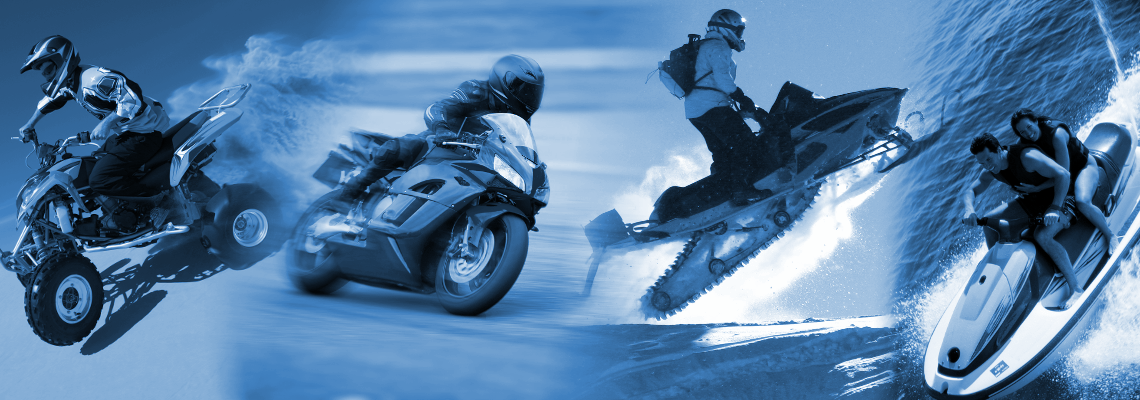E-Motorcycles Market Update
NORTH AMERICAN REPORT

The global e-motorcycle market has experienced high growth in the last couple of years, fueled in part by the declining price of Lithium-ion batteries. The battery is one of the most expensive components of an e-motorcycle, and changes in the price of Li-ion batteries affect the entire cost of an e-motorcycle. The cost of Li-ion batteries has been steadily declining, and this trend is likely to continue.
Power Systems Research has forecasted the global CAGR for electric motorcycles, at 11% for the years 2022 – 2027.
Drivers-of-Demand for this forecasted growth are:
- Increased environmental concerns.
- Higher fuel efficiency of e-motorcycles compared to conventional motorcycles.
- Increased demand for sustainable transportation.
- New incentive programs for e-motorcycles driven by government units.
- Advancements in technology such as high-speed handling, smaller/compact size, quicker acceleration, and reduced motor weight.
- Introduction of fast-charging stations.
- COVID-19 virus played a vital role in increasing the demands for the e-motorcycle. Pandemic halted the manufacturing of vehicle components and OEM parts for conventional motorcycles and available e-motorcycles in the market became the first choice among the consumers.
- Expanding dealer and distributor network promoting the e-vehicle and its advantages.
- Consistent research and technological advancements in the automobile industry to provide advanced technologies to e-motorcycles
Two factors hampering the growth of the market are the comparatively higher initial cost for e-motorcycles and the lack of a developed charging infrastructure. PSR
Michael Aistrup is Senior Analyst specializing in Recreational Products at Power Systems Research








